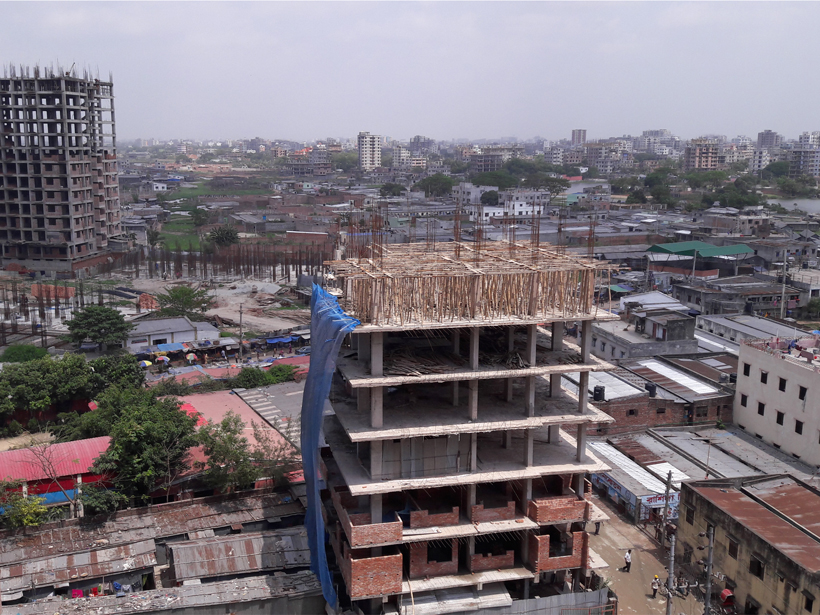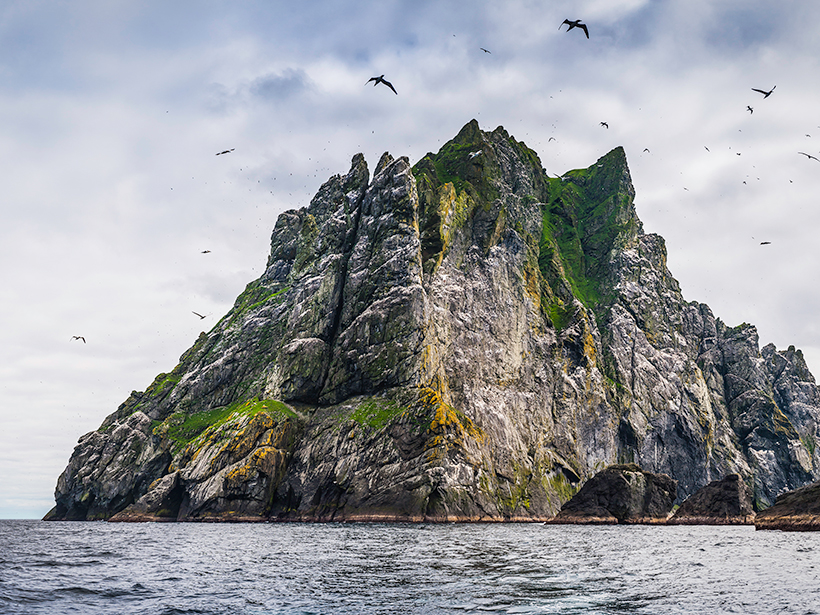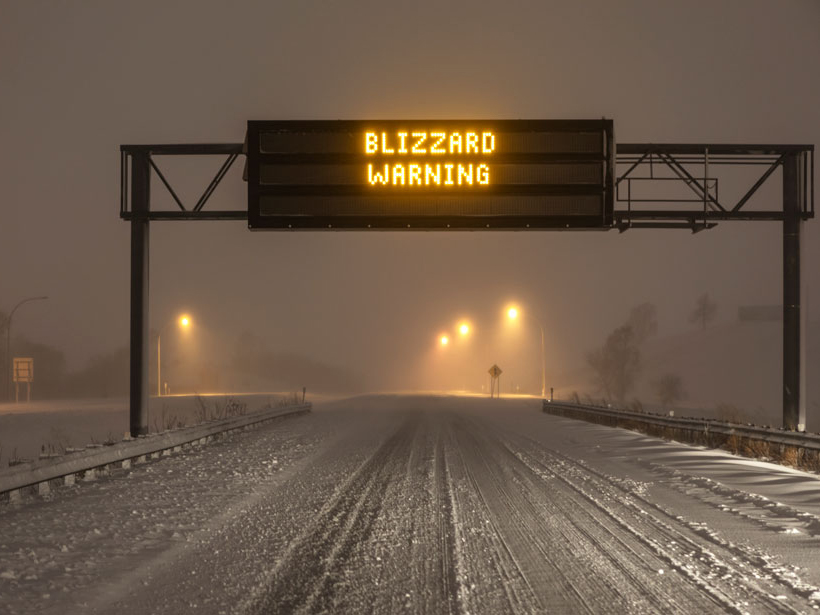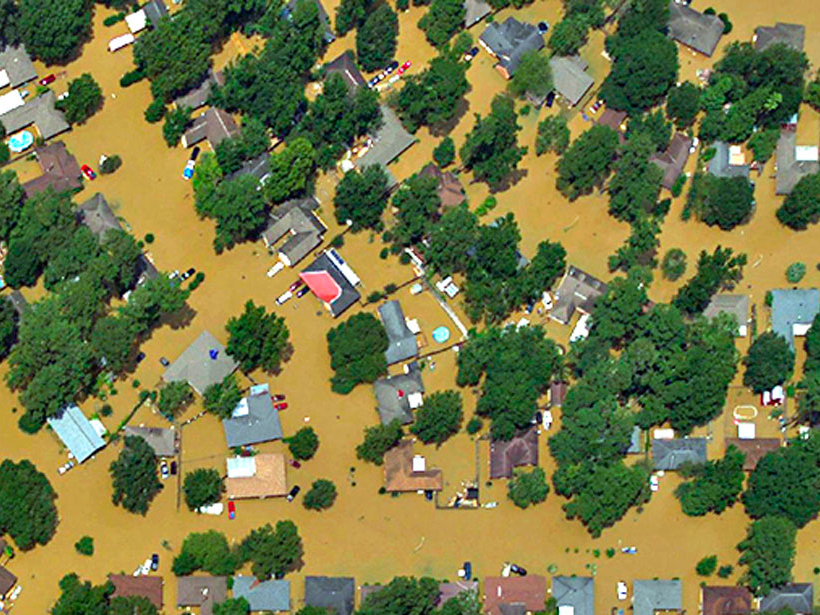In the only Arctic state in the United States, Alaskans have already been affected by health repercussions of warming. More and worse lie ahead, a new state health report says.
disaster preparedness
The Wicked Problem of Earthquake Hazard in Developing Countries
Earthquake preparation in Bangladesh is a conundrum, where crucial information is missing and investments often involve painful trade-offs.
Can Atmospheric Science Improve Global Disaster Resilience?
Scientific understanding of atmospheric hazards and their interconnectivity can contribute to international policy and disaster risk management.
Working Together Toward Better Volcanic Forecasting
A National Academies report highlights challenges and opportunities in volcano science.
Probability Analysis Improves Hazard Assessment
A recent paper in Reviews of Geophysics describes a probabilistic method for evaluating tsunami location, size, and risk to human populations.
Hurricanes Expose Vulnerabilities in Puerto Rico Seismic Network
Could overreliance on cell networks to transmit data leave instruments in the dark after the next storm hits?
Offshore Islands Might Not Shield Coastlines from Tsunami Waves
Rather than offering protection, islands sometimes cause increased wave run-up on shorelines, experiments in a wave laboratory suggest.
New Model Predicts Lightning Strikes; Alert System to Follow
Data from thousands of past storms help guide a new forecast model that predicts where and when lightning may hit.
U.S. Weather Alert Systems Must Modernize, Say New Reports
To reduce risks, including loss of life, national weather alert systems must incorporate social and behavioral sciences and new technology, according to two federally sponsored reports.
Deciphering Deluges
New modeling approach reexamines two key assumptions about flooding.










